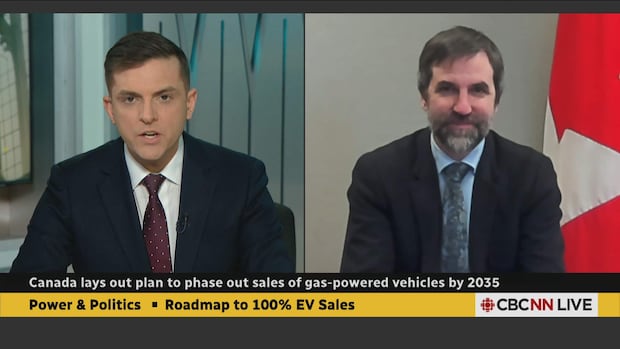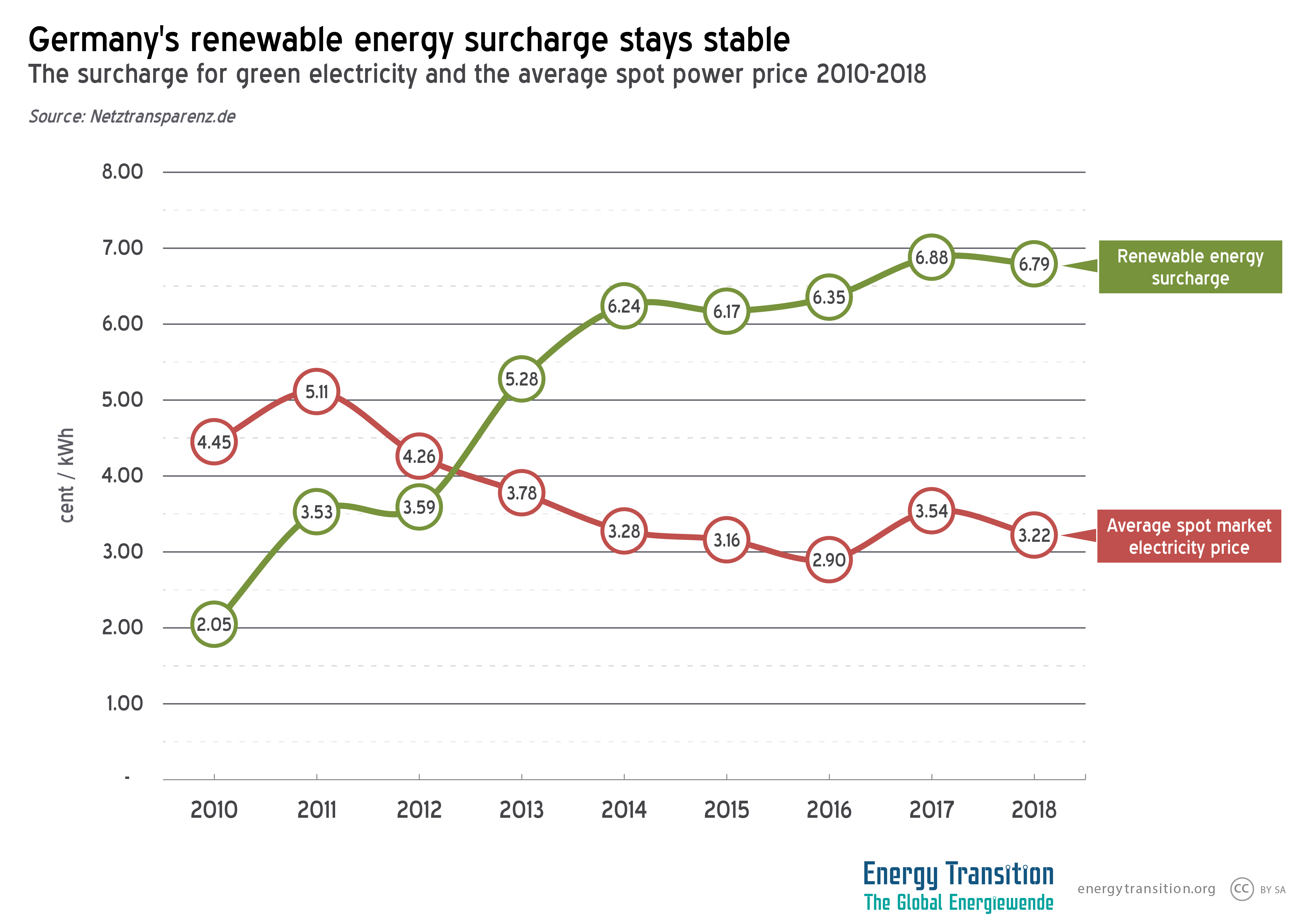Why Are Fewer Canadians Buying Electric Vehicles?

Table of Contents
High Purchase Price and Limited Affordability
One of the most significant barriers to electric vehicle adoption in Canada is the high purchase price. The upfront cost of EVs is considerably higher than comparable gasoline-powered vehicles, placing them out of reach for many average Canadian consumers.
The upfront cost of EVs
- Price Comparison: The average price of a new EV in Canada often exceeds that of a comparable gasoline car by $10,000 or more. This substantial price difference acts as a major deterrent for budget-conscious buyers.
- Import Tariffs and Taxes: Import tariffs and taxes on electric vehicles contribute to their higher sticker price, further impacting affordability.
- Limited Budget-Friendly Models: The availability of affordable electric vehicles remains limited. While the market is expanding, the number of budget-friendly EV options lags behind the demand.
Financing and Incentives
While the Canadian government offers incentives to encourage EV adoption, their effectiveness is debatable. These incentives, including both federal and provincial rebates, often fall short of bridging the significant price gap.
- Federal and Provincial Incentives: Programs like the federal iZEV rebate program and various provincial incentives provide some financial relief, but navigating the eligibility criteria and application processes can be complex and time-consuming.
- Accessibility Challenges: The complexity of these programs can exclude potential buyers who lack the time or technical expertise to navigate the application process.
- Rising Interest Rates: The impact of rising interest rates on EV financing adds another layer of difficulty, making monthly payments less affordable for many Canadians.
Range Anxiety and Charging Infrastructure
Range anxiety – the fear of running out of battery power before reaching a charging station – is a significant concern for potential EV buyers. Coupled with the limitations of Canada's charging infrastructure, this anxiety poses a real hurdle to widespread adoption.
Concerns about Driving Range
- Weather Impact: Cold Canadian winters significantly reduce the driving range of EVs. This limitation is particularly worrying for those living in rural areas with longer distances between towns.
- Charging Time: The time required to fully charge an EV is considerably longer than filling a gasoline car's tank. This inconvenience deters those with busy lifestyles or limited access to convenient charging locations.
- Range Comparison: While EV ranges are constantly improving, they still generally fall short of the typical range offered by gasoline-powered vehicles, especially for long-distance travel.
Inadequate Charging Infrastructure
Canada's public charging network lags behind other developed nations, particularly in terms of coverage outside major urban centers. This lack of readily available charging stations exacerbates range anxiety.
- Infrastructure Density: The density of public charging stations in Canada is significantly lower than in many European countries and the United States. This disparity is particularly pronounced in rural and remote areas.
- Reliability and Speed: The reliability and speed of public charging stations remain inconsistent across the country, adding to the frustration and inconvenience of EV charging.
- Lack of Standardization: The lack of standardization across different charging networks creates further complexity for EV drivers.
Lack of Awareness and Public Perception
Misconceptions about EVs, coupled with insufficient marketing and public education, contribute to the slow adoption rate.
Misconceptions about EVs
- Battery Life and Replacement Costs: Concerns about battery lifespan and the high cost of battery replacement persist among potential buyers. Education is needed to highlight advancements in battery technology and the increasing availability of battery warranties.
- Maintenance Costs: Many believe EV maintenance is more expensive than gasoline car maintenance. In reality, EVs require less frequent and less expensive maintenance due to fewer moving parts.
- Performance Capabilities: Some underestimate the performance capabilities of modern EVs, believing they lack the power and acceleration of gasoline vehicles.
Marketing and Education
More effective marketing and educational campaigns are needed to dispel myths, highlight the benefits of EVs (environmental and economic), and address consumer concerns.
- Improved Public Awareness: Government and automakers need to collaborate on comprehensive public awareness campaigns that showcase the advantages of electric vehicle ownership and address common concerns.
- Accessible Information: Providing clear, concise, and readily accessible information about EVs, their costs, charging infrastructure, and government incentives is crucial.
- Targeted Marketing: Marketing efforts should be tailored to specific demographics and address their unique concerns and needs.
Government Policies and Regulations
Government policies and regulations play a vital role in fostering EV adoption. While incentives exist, their effectiveness could be enhanced, and greater investment in infrastructure is crucial.
Incentive Effectiveness
- Impact of Tax Credits and Rebates: While tax credits and rebates provide some financial assistance, they might need to be adjusted to better reflect the price differences between EVs and gasoline cars, particularly for lower-income individuals.
- Targeted Incentives for Low-Income Consumers: More targeted incentives are needed to make EVs accessible to a wider range of Canadians, including those with lower incomes.
- Influence of Carbon Pricing: While carbon pricing aims to encourage cleaner transportation options, its impact on EV adoption needs further evaluation and potential adjustments.
Infrastructure Investment
Significant government investment in charging infrastructure is essential to support the growth of the EV market.
- Expanding Charging Networks: A concerted effort is needed to expand charging networks, especially in rural and underserved areas, to alleviate range anxiety.
- Grid Modernization: Modernizing the electricity grid is crucial to handle the increased electricity demand from a larger number of EVs.
- Private Sector Investment: Encouraging private sector investment in charging infrastructure development through tax breaks and other incentives is necessary to supplement government spending.
Conclusion
The slow adoption of electric vehicles in Canada is a multifaceted issue. High purchase prices, range anxiety fueled by inadequate charging infrastructure, lingering misconceptions, and the limitations of current government policies all play significant roles. Addressing these challenges requires a collaborative effort from government, automakers, and charging infrastructure providers to make electric vehicles more accessible and appealing to the average Canadian. Learn more about electric vehicles and their environmental and economic benefits – a shift towards greater electric vehicle adoption is crucial for Canada's future. Further research into the specific aspects discussed here, including government policy effectiveness and charging infrastructure development, will provide a more comprehensive understanding of the electric vehicle landscape in Canada.

Featured Posts
-
 German Renewable Energy Boost Pne Group Awarded Permits For Wind And Pv Projects
Apr 27, 2025
German Renewable Energy Boost Pne Group Awarded Permits For Wind And Pv Projects
Apr 27, 2025 -
 Zuckerberg And The Trump Era A Shifting Tech Landscape
Apr 27, 2025
Zuckerberg And The Trump Era A Shifting Tech Landscape
Apr 27, 2025 -
 The Perfect Couple Season 2 New Cast And Source Material Revealed
Apr 27, 2025
The Perfect Couple Season 2 New Cast And Source Material Revealed
Apr 27, 2025 -
 Controversial Appointment Vaccine Skeptic To Head Immunization Autism Research
Apr 27, 2025
Controversial Appointment Vaccine Skeptic To Head Immunization Autism Research
Apr 27, 2025 -
 Robert Pattinsons Night Terror Knives Horror Movies And A Sleepless Night
Apr 27, 2025
Robert Pattinsons Night Terror Knives Horror Movies And A Sleepless Night
Apr 27, 2025
